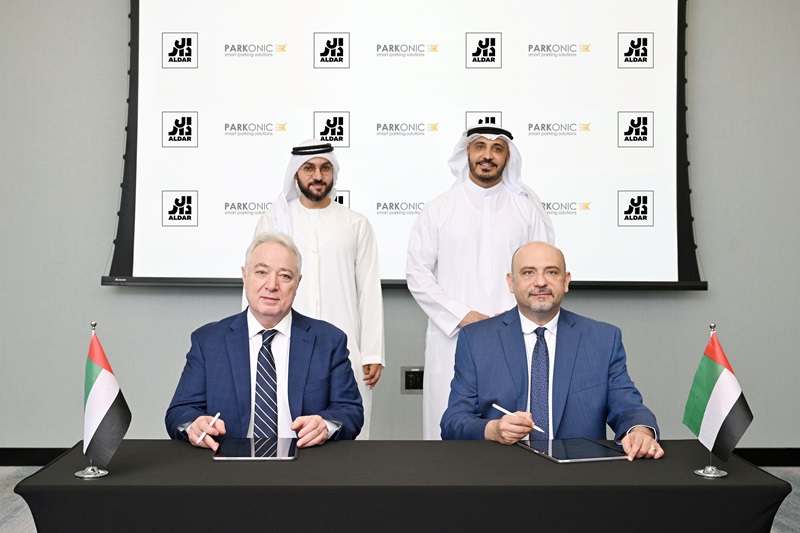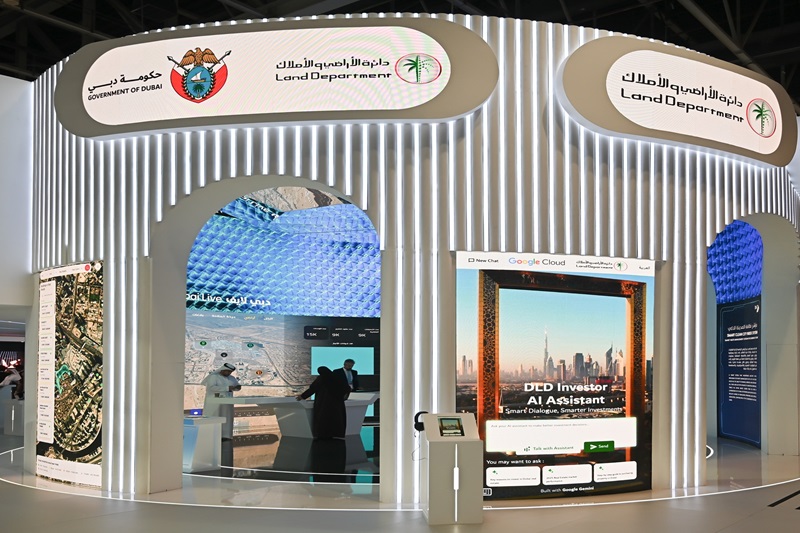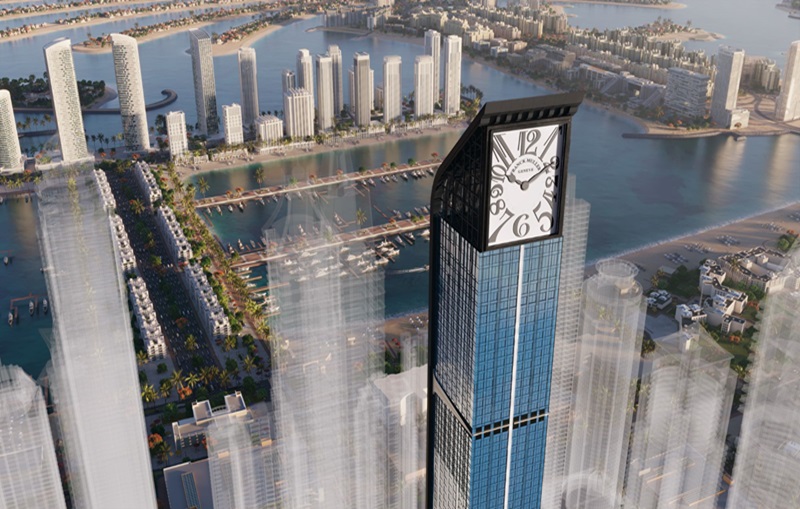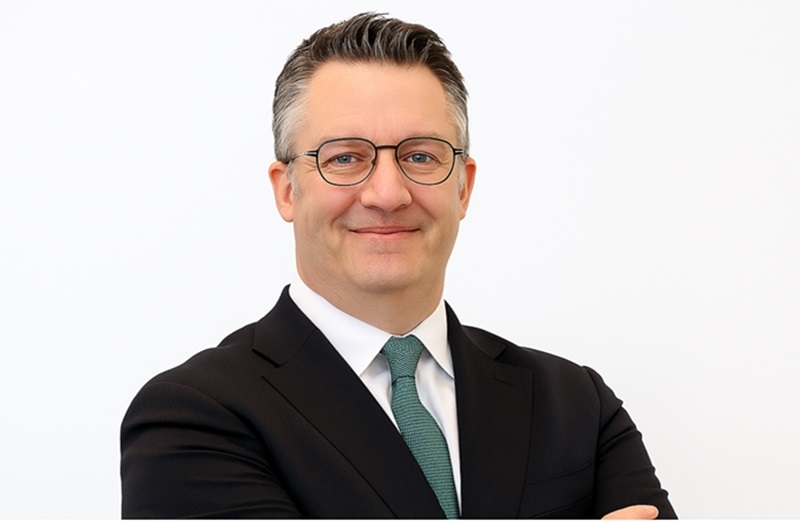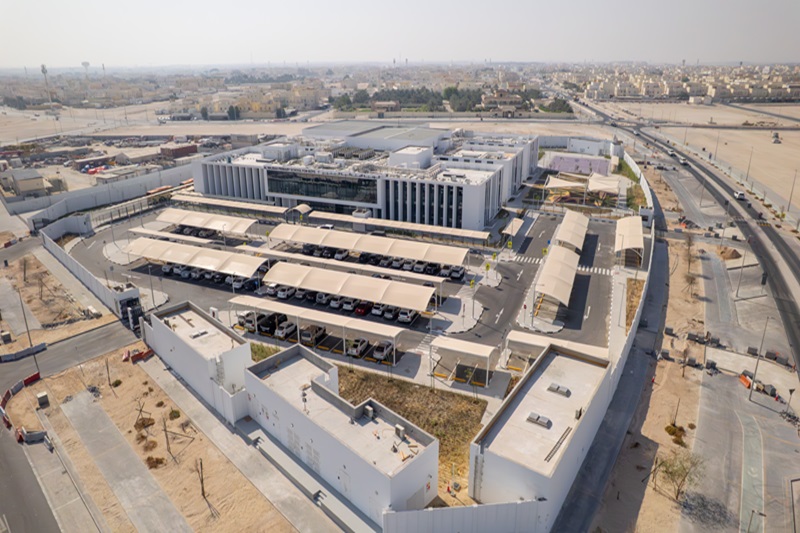
Abdullah Faza, Director, Fire and Life Safety Middle East, AESG explains how the consultancy is helping clients navigate key changes with the new building code taking effect in June.
He notes that at the heart of every solution is a return to first principles: defining project scope, identifying the toughest prescriptive hurdle, and then crafting and demonstrating an equivalent, performance-based strategy—whether through CFD smoke-control models, evacuation simulations, or engineering calculations. AESG also pioneers field technologies for remote sites: cloud-based alarm networks that eliminate long cable runs and drone-enabled alarm verification to validate signals within critical response windows.
Q. With Saudi Arabia’s construction sector growing at unprecedented speed and facing extremely tight timelines for massive projects, could you provide an insight into how clients balance risk management against sustainability deliverables?
Saudi Arabia set the regional pace in 2018 by adopting the 2015 IBC/IFC codes at scale—and it continues to refine them through the Saudi Building Code National Committee (SBCNC) and Civil Defense.
Rather than rigidly enforcing one-size-fits-all rules, these bodies actively solicit industry feedback, adding local testing, listing requirements, and performance-based equivalencies. This collaborative mindset allows us to design bespoke fire- and life-safety guidelines that align with sustainability targets without slowing project schedules—a necessity given the complexity and ambition of today’s Saudi developments.
Q. With the new Saudi Building Code coming into effect this June, how do you see it impacting fire-safety planning for new and existing buildings—and what is ASG doing to help clientsprepare?
From a technical standpoint, the updated code removes some of the more restrictive requirements we’ve been wrestling with—most notably the aerial-fire-truck mandate for structures over nine metres. Under the previous SBC (and older IBC/IFC editions), master plans had to accommodate wider roads and heavy-truck access, which often clashed with Saudi Vision 2030’s sustainability targets.
Until now, we negotiated case-by-case equivalencies with authorities; the new code explicitly makes this aerial requirement non-mandatory (with defined exceptions), opening the door to more practical, performance-based solutions and allowing us to favour passive fire measures over extensive active systems.
On the implementation side, Saudi projects never pause, so clients are anxious about whether designs submitted before June can stay on the old SBC or must be reworked. To address this, we’re partnering with Saudi Civil Defence to establish a clear “grandfathering” strategy: any project with documented design reviews or approvals before the code’s effective date can continue under the 2018 SBC, while later submissions will follow the new compliance pathways.
Meanwhile, we’re briefing architects, LDCs, and developers on all key changes—from revised fire-flow calculations that can impact budget forecasts to updated listing and testing requirements—so they can anticipate cost or design adjustments. Though the transition is complex, Saudi’s collaborative adoption of international best practices— and its willingness to refine them through industry feedback— means we expect most implementation questions to be resolved by June, letting projects move forward with confidence.
Q. You’ve noted the immense scale and complexity of Saudi projects. What should developers understand as Saudi Arabia pours billions into new assets? How do these technologies boost both safety and sustainability?
At its core, our approach remains firmly rooted in risk- and performance-based engineering—what we call “going back to first principles.” Every AESG Fire & Life Safety engineer routinely asks, “Why does the code require this?” By debating each requirement against its original intent, we unlock alternative solutions that can outperform rigid prescriptive paths. This mindset then dovetails with advanced analytics and digital-twin simulations, allowing us to model fire and evacuation scenarios in real time, optimize smoke-control strategies, and test passive versus active measures long before construction begins.
Beyond modeling, we’re rapidly adopting new field technologies to extend our reach—especially in remote or island sites. Cloud-based communication systems now relay detection and alarm signals over hundreds of kilometres without the need for costly cable runs, feeding data directly into centralized fire-command dashboards.
We’re also piloting drone-based alarm verification to validate alerts within tight response windows (typically three minutes), a game-changer when on-site personnel are scarce.
Of course, each innovation must clear Saudi regulatory hurdles—everything from SASO certification of materials to compliance with the evolving SBC—so we partner closely with manufacturers and authorities to ensure every tech deployment advances both safety performance and the Kingdom’s sustainability ambitions.
Q. So does this include the performance-compliance method in Chapter 14 of SBC 901? Is this where flexible, practical solutions come into play—especially when immediate physical access to all building elements isn’t possible?
Performance- or risk-based engineering is our primary tool for crafting innovative fire and life-safety solutions. Chapter 14 of SBC 901 simply formalises a principle-based workflow
found in other codes (IBC, NFPA). First, you define the project scope—occupancy type (hotel, residential, healthcare), and whether the structure is new or existing—then you pinpoint which prescriptive requirement (e.g., travel distance limits, material ratings, or suppression systems) poses the greatest challenge. That becomes the basis for proposing an equivalent, performance-based strategy.
Once your concept is set, you validate it through appropriate demonstrations—CFD smoke-control simulations, evacuationmodel runs, or fire-resistance calculations—to prove the design meets safe-egress and structural-integrity criteria. Crucially, you bring the Authority Having Jurisdiction (Civil Defense in Saudi Arabia) into these discussions from day one.
That early collaboration ensures everyone’s aligned, avoids wasted effort, and prevents last-minute compliance surprises.
Q. Could you explain the Golden Thread principle and how it’s been received by your Middle East clients?
The UK’s Golden Thread framework—mandated after Grenfell—focuses on maintaining clear, auditable records of fire-safety information throughout a building’s life. Here in the
Middle East, our fire and life-safety ecosystem already benefits from some of the world’s strongest codes, transparent permitting stages, and exceptionally collaborative authorities.
From design approvals to construction inspections and final handover permits, every step is documented and reviewed. Yet once a building enters operation, we often rely on “fact and hope”—trusting that the same rigor carries on without a formal mechanism to track changes, maintenance, and stakeholder responsibilities over time.
To bridge that gap, clients are increasingly asking how to sustain the Golden Thread beyond handover. They want clear guidance on which codes apply to existing structures, what operational permits must be refreshed, and who owns ongoing compliance— whether facilities managers, maintenance contractors, or regulatory bodies. While the region’s NFPA-based ecosystem already excels in collaboration among manufacturers, labs, consultants, suppliers, and authorities, extending that transparency into building operations remains our next frontier.
Establishing a true Golden Thread from design through decades of use will ensure that safety and performance data stay alive— and that every stakeholder knows exactly what’s required to keep occupants protected.
Q. According to you, which is the sticking point preventing the Golden Thread from being completed? Is it the financial bottom line, the handover phase, or something else?
I believe it all starts with legislation. We have very strong codes and permitting procedures for design and construction, but almost no formal requirements for existing buildings and operations—so there’s no clear legal driver to maintain that thread once a project is handed over.
Second, developer engagement naturally drops off after construction closes out. They’re deeply involved during design and build, but without explicit operational mandates, ongoing fire-safety becomes a secondary consideration. Third, while money often gets blamed, it surprisingly isn’t the core issue. I’ve spoken with insurance colleagues who tell me developers already pay hefty premiums for fire-safety scoring— insurers impose checklists well above code. That means there is a financial incentive to stay compliant. If we had clear operational requirements—annual permits, third-party audits to prove all systems are functional and materials safely stored— developers could actually reduce premiums by ticking those boxes.
Ultimately, we need to recreate the collaborative momentum we see during design and construction to define and enforce those operational rules. If legislation, developer buy-in, and financial incentives align, the region can establish global best practices in fire- and life-safety for the building lifecycle.
Q. Could you give our readers an overview of how your consultancy integrates risk-based engineering principles to optimize both safety and sustainability for clients in Saudi Arabia’s built sector?
At AESG, we pride ourselves on delivering technical value that goes well beyond mere code compliance. From the earliest design stages, our fire-safety specialists work hand-in-hand with our in-house sustainability team to clarify not only what each regulation requires but why it exists.
By understanding the intent behind the codes, we can propose performance-based, passive solutions—such as fire-rated walls, doors, and non-combustible materials—in lieu of extensive active systems like sprinklers and pumps. This passive approach cuts water demand, maintenance burdens, and mechanical/electrical/plumbing installations, while still ensuring life-safety performance and advancing our clients’ sustainability goals.
AESG IBC NFPA fire safety smoke-control simulations evacuation model runs Saudi Civil Defence







.jpg)
.jpg)
